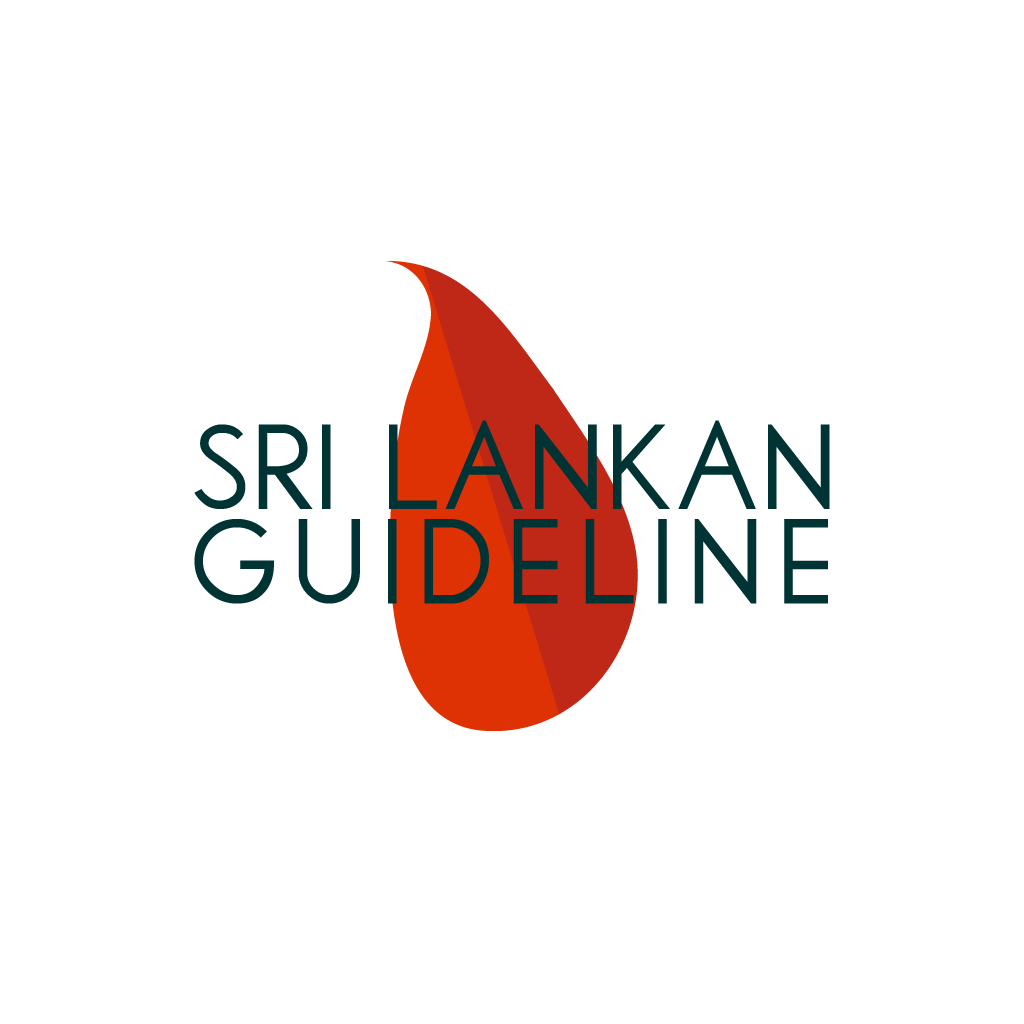
Tuk Tuk 101 – The Good, The Bad, and The Ugly
Tuk Tuks (or in textbook terms, threewheelers), have always been one of the most common and affordable transportation modes in Sri Lanka. So much so that these small, multi-colored vehicles flitting about on the road, will be one of the first things you would notice once you make your way out of the airport.
As of late 2017, the recorded number of Tuk Tuks in Sri Lanka was 1.2 million, larger portion of it operating around the greater Colombo and suburbs. Lately, riding a Tuk Tuk has become a popular bucket list item, and a social media trend among tourists. Who wouldn’t want to take a ride in this bedecked little automobile, with seats and interior emblazoned in vivid prints, weaving through the traffic, not a care in the world? And the drivers are often friendly and helpful, as is the Sri Lankan hospitality.
Unfortunately, we hear stories of tourists getting scammed by Tuk drivers more often than not. So we’ve put together a few tips and tricks for you to help cross that tuk tuk ride off from your bucket list, safely..
This is your guide to travelling in Tuk Tuks in Sri Lanka!
Hailing a Tuk
You can flag down a Tuk Tuk directly from the road.
You’ll come across tuk tuks on almost any roadside. The tuks are either metered or non-metered. If you hail a non-metered tuk, remember to agree to a fixed price to your journey. For this, it would be useful to have an idea about the travel distance and the common rate per kilometer (yes, Sri Lanka uses the metric system).
You can ask the manager, or caretaker, of the place you are staying at to arrange a Tuk for you.
It might be a little pricey, but will be more reliable.
Use an App!
Sri Lanka has a number of taxi apps operated within the major towns and suburbs. Among them is Uber, and some popular (not to mention cheap), locally established apps such as PickMe, YoGo, and BCON.
How the scamming would go
Usually what would happen is that they would eagerly take you to wherever your destination is, and charge you 10 times the actual charge, or sometimes even more.
Also, some drivers would offer to be your guide for the day and try to rip you off by charging you absurd amounts of money for places where entrance is absolutely free. Unless the driver is recommended by a reliable source, do not take up their offers to show you around, or for any other things.
How to avoid trouble
-
Do some proper research before you set out to your destination. Have an idea about the distance between where you are and where you want to go (remember, Google Maps is your friend).
-
Be aware of the usual charges: the metered taxis’ current rate is Rs.60/= (approx. USD 0.35) for the first kilometer, and Rs.35/= (approx. USD 0.20) per kilometer afterwards. If you are hailing down a metered taxi from the roadside, double check if they have their meter turned on and functioning.
-
Sometimes the meters are tampered with, and it could show a very high and unreasonable fare instead of the correct amount. Having a sense of the distance and the correct rates would be helpful in a situation like this.
-
If you are not quite convinced about the safety of hailing a tuk, use a taxi app. We highly recommend Uber, and locally operated PickMe, YoGo, and BCON. All these offer plenty of vehicle options for you to take, including Tuk Tuks, depending on the number of passengers. Uber and PickMe also extend the choice to hail a motorcycle if the ride is for a single passenger.
Operating areas for each app:
- Uber – Colombo and Suburbs
- PickMe – Colombo, Negombo, Kandy, Galle
- YoGo – Available in the Western Province
- Kangaroo Cabs – Available in the Western Province
In addition to these, a tourist-friendly tuk tuk service was launched recently by the Tourism Development Authority of Sri Lanka. These tuks are guaranteed to be safe and reliable for foreigners to travel, so keep an eye out for this logo:
Happy (and safe) travels!
